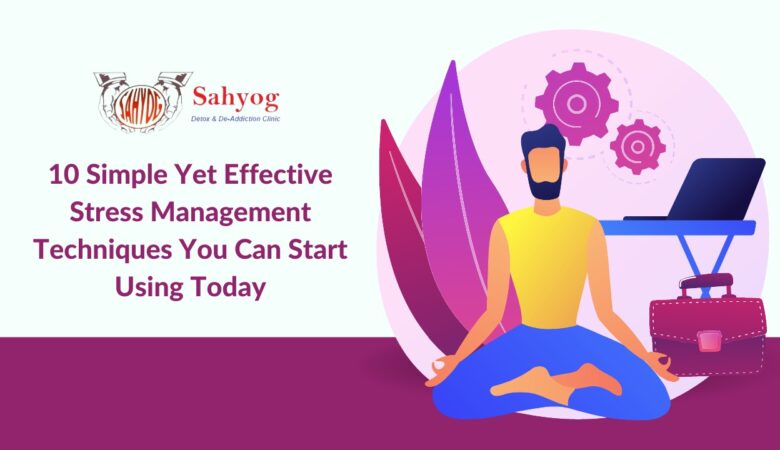Handling Anger: Strategies for Dealing with Aggressive Children
Dealing with an angry and aggressive child can be incredibly challenging. As a parent or caregiver, it’s natural to feel overwhelmed and unsure of how to handle these intense emotions. But fear not! In this blog post, we will explore effective strategies for handling anger in children and managing their aggressive behavior. From understanding the root causes of their outbursts to teaching them healthy ways of expressing their emotions, we’ve got you covered. So let’s dive in and discover the keys to transforming tantrums into calmness – all while nurturing your child’s emotional well-being! Understanding Anger in Children Anger is a normal and natural emotion that children experience, just like adults. However, it can be challenging for them to express their anger in appropriate ways. As adults, we often expect children to control their anger immediately or dismiss it as mere misbehavior. But it’s important to remember that anger serves as a signal for unmet needs or underlying emotional struggles. Children may become angry due to frustration when they face obstacles or feel helpless in certain situations. They might also experience anger when they feel misunderstood or unheard by those around them. Additionally, changes such as transitions between school levels, family dynamics, or social pressures can contribute to heightened feelings of anger. It’s crucial for us as parents and caregivers to create an environment where children feel safe expressing their emotions without fear of judgment or punishment. By doing so, we validate their feelings and teach them healthy ways of coping with intense emotions. Next up, let’s explore the impact that aggressive behavior can have on both the child and those around them – highlighting why addressing this issue is essential for their overall well-being. The Impact of Aggressive Behavior Aggressive behavior in children can have a significant impact on their overall well-being and the well-being of those around them. It is crucial to recognize that aggressive behavior is not just a phase or something that will naturally fade away with time. Instead, it can become a pattern if not addressed effectively. One of the immediate impacts of aggressive behavior is strain in relationships. Aggression can cause conflicts with peers, siblings, and authority figures such as parents and teachers. These strained relationships can lead to feelings of isolation for the child and hinder their social development. Furthermore, aggressive behavior often has academic consequences. Children who exhibit aggression may struggle academically due to disruptions in the classroom setting or difficulties focusing on tasks. This can create a cycle where frustration from poor performance fuels further aggression. The emotional toll of aggressive behavior should also be considered. The child themselves may experience feelings of guilt, shame, or anger towards themselves for their actions. Additionally, witnessing or being victimized by aggression from others can contribute to anxiety and fear. It’s important to address these impacts head-on by implementing strategies aimed at managing and de-escalating anger in children displaying aggressive behaviors. Common Triggers for Aggression It’s important to remember that aggression in children is a complex issue, and there are various factors that can trigger such behavior. Understanding these triggers can help parents and caregivers effectively manage and prevent aggressive outbursts. One common trigger for aggression is frustration. Children may become frustrated when they are unable to express themselves or communicate their needs effectively. This can lead to anger and ultimately result in aggressive behavior. Another trigger is feeling threatened or fearful. When children perceive a threat or feel unsafe, they may react aggressively as a way to protect themselves. It’s crucial to create a safe environment where children feel secure and supported. Lack of structure or routine can also contribute to aggressive behaviors. When children don’t have clear boundaries or consistent expectations, it can be confusing and overwhelming for them. Establishing routines and setting clear limits helps provide stability, reducing the likelihood of aggression. Stressful situations such as changes in the family dynamic, school pressures, or conflicts with peers can also trigger aggression in children. It’s essential to identify these stressors and offer appropriate support and guidance during challenging times. Additionally, physical discomfort or pain could be another underlying cause of aggression. Children who are unwell or experiencing discomfort might display increased irritability and aggressiveness as a response. By recognizing these common triggers for aggression, parents and caregivers can proactively address them through effective communication techniques, providing emotional support, teaching coping skills, promoting empathy-building activities, and seeking professional help if needed. It’s important to remember that every child is unique, and what may trigger aggression in one child may not affect another. Therefore, it’s crucial to approach each situation with patience and understanding. Strategies for Managing and De-escalating Anger When it comes to managing and de-escalating anger in aggressive children, there are a variety of strategies that can be effective. One important strategy is to remain calm yourself. Children often mirror the emotions they see in others, so by staying calm, you can help diffuse their anger. Another key strategy is to validate their feelings. Let them know that it’s okay to feel angry or frustrated, but also teach them healthy ways to express those emotions. Encourage them to use words instead of physical aggression when expressing themselves. Distraction techniques can also be helpful in redirecting their focus away from their anger. Provide them with alternative activities or ask questions about something unrelated to give them a chance to calm down. Setting clear boundaries and expectations is another essential strategy for managing aggression. Establish consistent consequences for inappropriate behavior and reinforce positive behaviors with praise and rewards. Teaching relaxation techniques such as deep breathing exercises or progressive muscle relaxation can also help children learn how to manage their anger in healthier ways. Remember, each child is unique, so not every strategy will work for every child. It may take some trial and error before finding what works best for your aggressive child. Patience and consistency are crucial throughout this process. By implementing these strategies consistently over time, you can help your aggressive



